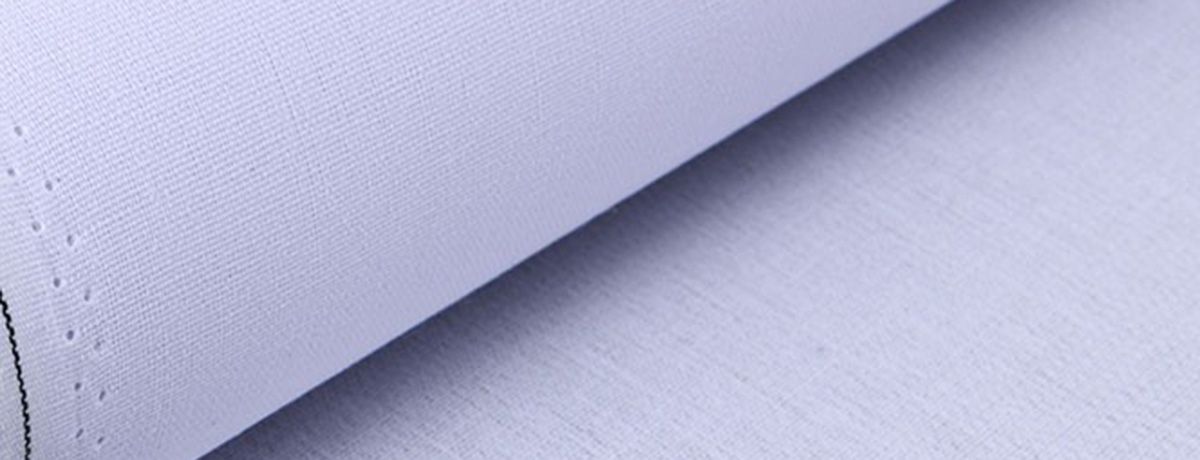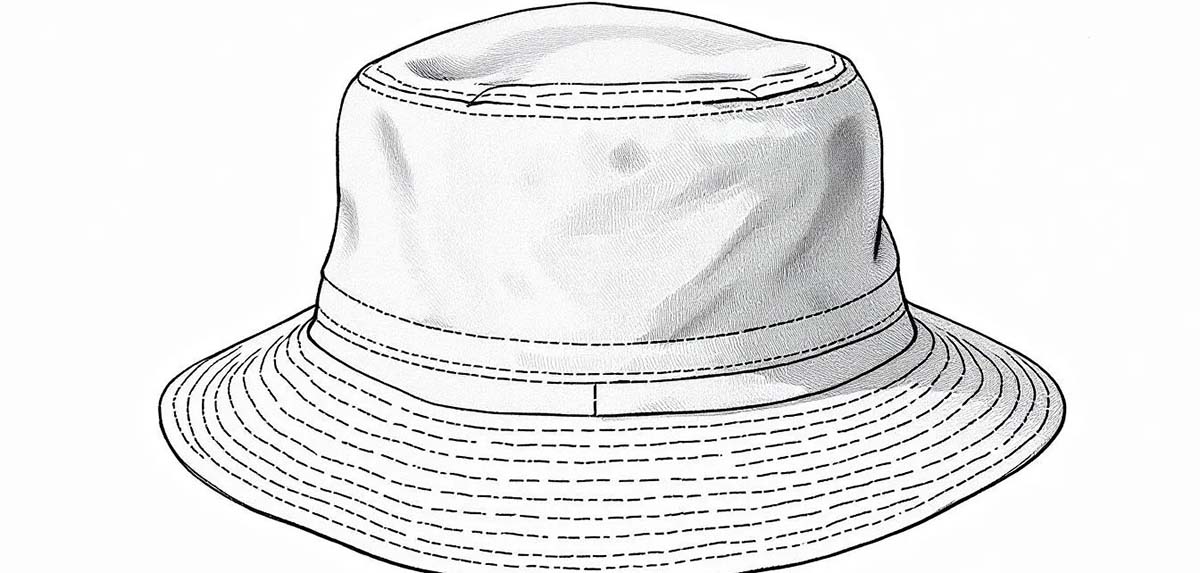Tips for Using Hat Interfacing in Your Handmade Hats

Hat interfacing gives your handmade hats shape, structure, and durability. This article explores what hat interfacing is, why it matters, and how to choose and use the right type for your projects.
Key Takeaways
-
Hat interfacing is essential for giving structure and durability to your handmade hats, ensuring they maintain their shape.
-
Choosing the right type and weight of interfacing impacts the final look and functionality of your hat, with options like fusible, cotton, and polyester available.
-
Proper preparation and pressing techniques are crucial for successful hat making, helping to achieve a professional finish and durability.
Understanding Hat Interfacing

Hat interfacing is a stiff fabric that provides shape, structure, and durability to hats. It’s the unsung hero that keeps your hat looking sharp and well-formed, regardless of wear and tear. Creating a hat without this essential component would be like building a house without a solid foundation.
Interfacing can be made from various materials, each serving different purposes depending on the hat design:
-
Nonwoven polyester: popular for its durability
-
Cotton: favored for its lightweight and breathable qualities
-
Fusible interfacing: has adhesive properties and is often chosen for its ease of use
In the world of hat making, interfacing is the backbone that ensures your creations maintain their intended shape and structure in a way that helps protect your hats from becoming floppy, misshapen, or lacking the professional finish that makes them stand out outside the hand edge line, where you can easily find the perfect pattern of love. This can be a problem for those seeking quality.
With a grasp of what interfacing is and its importance, the next step is selecting the right type for your project.
Choosing the Right Interfacing for Your Hat
Selecting the appropriate interfacing is key to achieving the desired shape and support for your hat. The type you choose can significantly impact the final appearance and functionality. So, how do you determine which interfacing suits your project?
Fusible interfacing is often a go-to choice for hat makers due to its adhesive properties, making it easy to apply and work with. Different types of interfacing include:
-
Fusible interfacing: Particularly effective for brim pieces, providing the necessary stiffness to maintain the hat’s shape.
-
Cotton interfacing: Lightweight and breathable, ideal for hats that need a softer touch.
-
Polyester interfacing: Known for its durability and resistance to wrinkles, ensuring your hat looks crisp and well-maintained.
The weight of the interfacing is another crucial factor:
-
Lightweight interfacing is ideal for softer hat designs, allowing the brim to drape as intended without becoming too stiff.
-
Medium-weight interfacing enhances structure while maintaining flexibility, suitable for fabrics like quilting cotton.
-
Heavier interfacing can create excessive rigidity, which might not suit all hat styles.
Choosing the correct weight and type of interfacing while wearing ensures your hat holds its shape and drapes beautifully.
Pressing Conditions for Hat Interfacing
After selecting the right interfacing, applying it correctly is essential. Pressing conditions are crucial for proper adhesion to the fabric. The right temperature, time, and pressure are necessary for a professional finish.
For cotton fabrics, the optimal pressing temperature ranges from 320°F to 350°F (160°C to 180°C), with a pressing time of 10 to 15 seconds at medium to heavy pressure. This ensures that the interfacing bonds well with the fabric, providing the necessary structure and support.
When working with synthetic and polyester fabrics, follow these guidelines:
-
Use a lower heat setting of 280°F to 300°F (140°C to 150°C).
-
Press for 10 to 15 seconds.
-
Apply medium to heavy pressure.
-
Adjust pressing conditions based on the fabric type to avoid poor adhesion or fabric damage.
Insufficient pressure and improper temperature can result in poor interfacing adhesion, leading to a hat that lacks structure and durability. Follow the manufacturer’s guidelines and adjust pressing conditions to your fabric. Proper pressing is key to achieving a polished, professional look.
Cutting and Preparing Interfacing
Accurate cutting and preparation of interfacing are vital in the hat-making process. They ensure the interfacing fits perfectly with the fabric pieces, minimizing bulk in seams and creating a clean finish that will match the overall design.
Sharp fabric scissors are essential for achieving clean edges and precise shapes. Dull scissors create jagged edges, complicating alignment with the fabric. When preparing interfacing, lay it out according to the pattern’s instructions, ensuring correct alignment with grainlines to prevent distortion and maintain the hat’s intended shape.
Securing the interfacing to the fabric involves several important steps:
-
Use pins to secure the interfacing, especially around curves, to prevent shifting during sewing.
-
Align the interfacing with the grainlines to avoid any distortion in the hat’s shape.
-
Carefully cut and prepare the fabric and interfacing to ensure a beautifully structured hat.
Proper pinning and preparation tips result in a smoother, more professional mid note finish.
Sewing with Hat Interfacing
Applying and sewing with hat interfacing requires attention to detail and the right techniques. For fusible interfacing, follow these steps:
-
Apply it to the wrong side of the fabric using an iron.
-
Follow the manufacturer’s guidelines to ensure a strong bond.
-
This will provide the necessary structure for your hat.
For brim pieces:
-
Use iron-on interfacing, choosing the weight based on the desired stiffness and overall hat design.
-
Add a layer of wadding between brim pieces to provide extra support and enhance the hat’s structure.
-
Topstitch at intervals around the brim to effectively secure the layers together and achieve a polished look.
A pressing ham can help achieve a crisp curve in the brim during the pressing process. Finishing edges with bias tape or Petersham ribbon creates a polished look and provides durability. Adding a sweatband enhances comfort, absorbs moisture, and contributes to a better fit and wear experience.
These techniques ensure your handmade hats not only look great but also offer lasting comfort and sun durability tricks.
Common Mistakes to Avoid
Even experienced hat makers can encounter common mistakes when working with interfacing. One frequent error is not accurately measuring head size, often resulting in a poorly fitting hat. Take precise measurements to ensure a comfortable and secure fit.
Insufficient pinning while sewing curves can lead to puckering and uneven seams. Use enough pins to keep the fabric and interfacing in place, especially around curves. Reinforcing seams with a zigzag stitch increases the hat’s durability and prevents fraying over time, ensuring that all pieces are properly sewn.
After completing a hat, inspect for any loose threads or uneven edges before finalizing the piece. Reviewing your work and making necessary adjustments can significantly improve the hat’s overall quality and appearance. Avoiding these common mistakes ensures you create beautiful, well-structured hats with confidence.
Best Practices for Finishing Hats

Finishing touches can make or break the final look of your handmade hat. Cautiously using steam can help shape and smooth out the hat edges without damaging the material. This simple yet effective method gives your hat a professional finish.
To achieve a crisp, well-defined brim and a polished, professional look:
-
Sandwich wadding between interfaced brim pieces to add extra structure and support.
-
Press seams as you go to enhance the overall appearance and structure of the hat.
-
A well-pressed seam contributes significantly to a polished, professional look.
Choosing a lighter lining fabric, such as silk, can prevent hair frizzing and add a touch of luxury to your handmade hat. Following these best practices ensures your hats not only look fantastic but also offer comfort and durability.
Packaging and Storing Interfacing
Proper packaging and storage of interfacing are crucial for maintaining its quality until use. Store interfacing in a clean, dry place to preserve its structure and ensure it’s ready for your next project. Investing in proper storage solutions significantly extends the longevity of your interfacing materials.
Working with reliable suppliers like Ningbo MH ensures that you receive high-quality interfacing that meets your needs. Ningbo MH offers a wide range of interlinings and hat materials for garment manufacturers and wholesalers, focusing on bulk wholesale and providing customization for global B2B customers.
When you make a purchase of interfacing in bulk, having a secure storage system is essential. Proper storage maintains the interfacing’s quality and structure, ensuring your hat-making projects go smoothly every time. With the right storage and supplier, you’ll always have the materials you need at your fingertips.
Summary
Hat interfacing is an integral part of the hat-making process, providing the necessary shape, structure, and durability to your creations. From choosing the right type of interfacing to perfecting your pressing and sewing techniques, each step plays a crucial role in achieving a professional finish. By avoiding common mistakes and following best practices, you’ll be able to create beautiful, well-structured hats that stand the test of time.
We hope this guide has inspired you to experiment with hat interfacing and elevate your hat-making skills. With the knowledge and techniques shared here, you’re ready to embark on your next hat-making adventure with confidence. Happy hat making!
Frequently Asked Questions
What can I use to stiffen the brim of a hat?
You can use a handheld clothing steamer to easily stiffen your hat's brim. Just steam it, then shape the brim with your hands for that firm look.
What is hat interfacing?
Hat interfacing is basically a stiff fabric that helps hats keep their shape and adds durability. It's essential for making sure your favorite hat looks great and lasts longer!
How do I choose the right interfacing for my hat?
To choose the right interfacing for your hat, think about the fabric and how much stiffness you want. Fusible interfacing is super user-friendly, while cotton and polyester offer varying breathability and durability options.
What are the pressing conditions for applying interfacing to cotton fabrics?
To properly apply interfacing to cotton fabrics, make sure to press at 320°F to 350°F for 10 to 15 seconds using medium to heavy pressure. This will ensure a strong bond!
How can I avoid common mistakes when working with hat interfacing?
To steer clear of mistakes with hat interfacing, always double-check your measurements, use plenty of pins around curves, and finish seams with a zigzag stitch. A quick inspection for loose threads and uneven edges can save you a headache later on!
Contact MH
MH offers hat interfacing fabrics. Please contact us for more details or inquiries. We're here to help!


